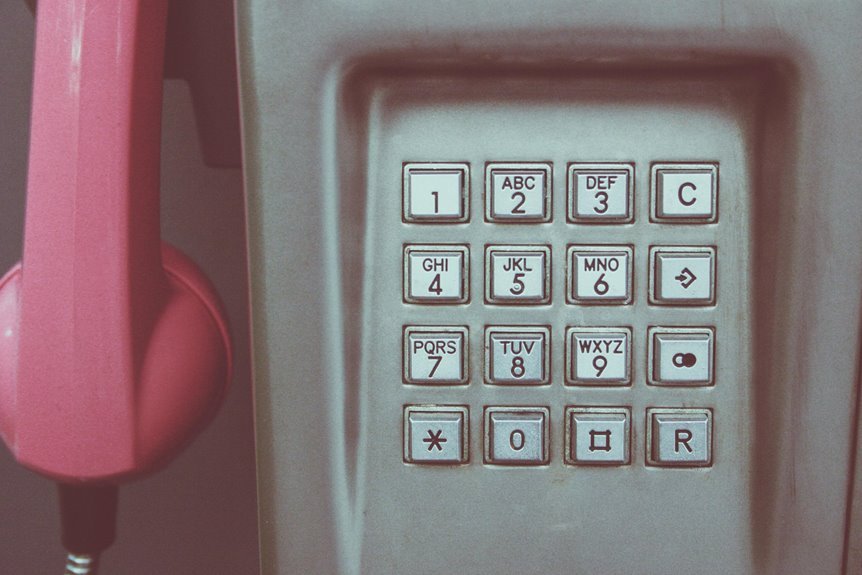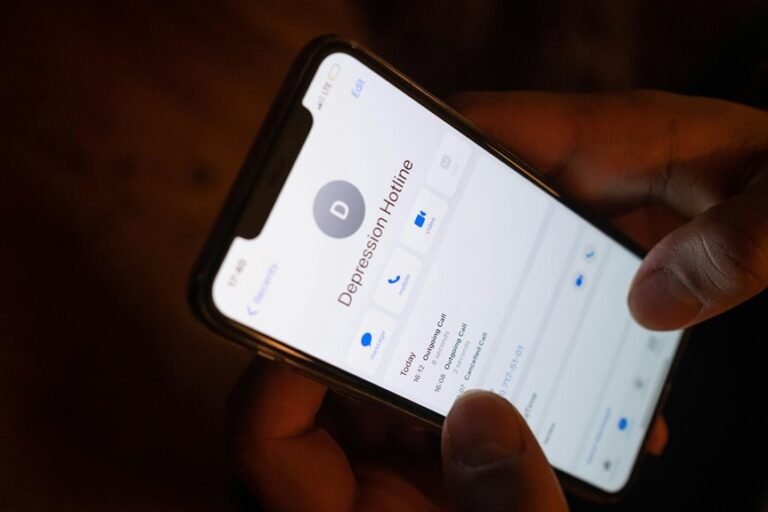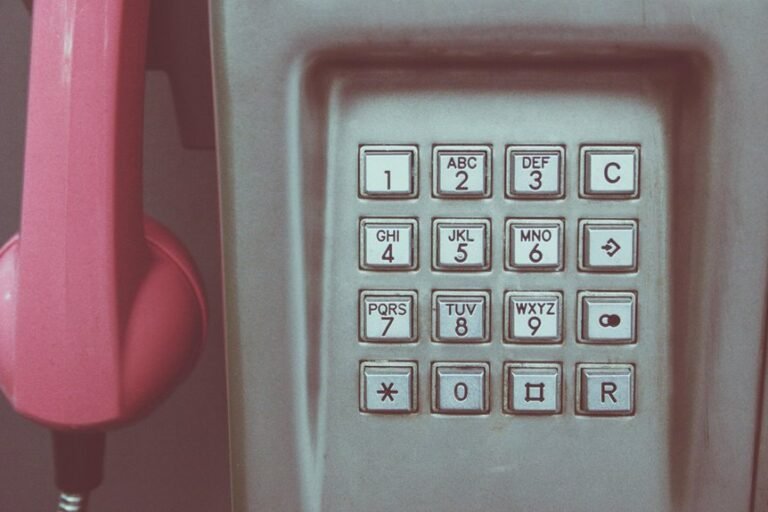Who Called Me From 5395491671, 5402026871, 5402027815, 5402743617, 5402744331, and 5402773085?
Numerous individuals have reported receiving calls from the numbers 5395491671, 5402026871, 5402027815, 5402743617, 5402744331, and 5402773085. Many of these calls have raised suspicions of fraudulent activity. Understanding the nature of these calls is essential for safeguarding personal information. Investigating the common patterns associated with such numbers can reveal potential scams. What tactics are being employed, and how can one effectively protect themselves from these unwanted communications?
Understanding the Caller IDs
While many individuals rely on caller ID to identify incoming calls, understanding its limitations and functionalities is crucial.
Caller identification methods, while useful, can sometimes provide inaccurate information.
Phone number tracing adds an additional layer of complexity, as it may reveal the caller’s identity but not necessarily their intent.
Users must remain vigilant and informed to navigate this landscape effectively.
Common Scams Associated With Unknown Numbers
How can one effectively identify the various scams associated with unknown numbers?
Common scams include phishing attempts, fake lottery winnings, and tech support fraud. Scam awareness is crucial for maintaining phone safety.
Individuals are urged to remain vigilant, avoiding engagement with suspicious calls and verifying the legitimacy of unknown contacts.
Awareness can empower users to protect their personal information from potential threats.
How to Handle Calls From Unfamiliar Numbers
When faced with calls from unfamiliar numbers, individuals should adopt a systematic approach to assess the situation.
They may choose to block unknown callers to prevent further disturbances. Additionally, reporting suspicious calls to relevant authorities can help mitigate potential threats.
Maintaining vigilance is essential for personal security, allowing individuals to navigate unsolicited communications while preserving their freedom from unwanted interactions.
Conclusion
In conclusion, navigating calls from unfamiliar numbers like 5395491671, 5402026871, and others requires caution akin to dodging a pesky telegraph operator in the age of instant communication. By understanding potential scams and employing protective measures, individuals can safeguard their personal information. Awareness of the red flags associated with these calls is paramount, ensuring that one does not become a victim of modern-day scams reminiscent of old-time con artists. Vigilance remains the best defense against such threats.






